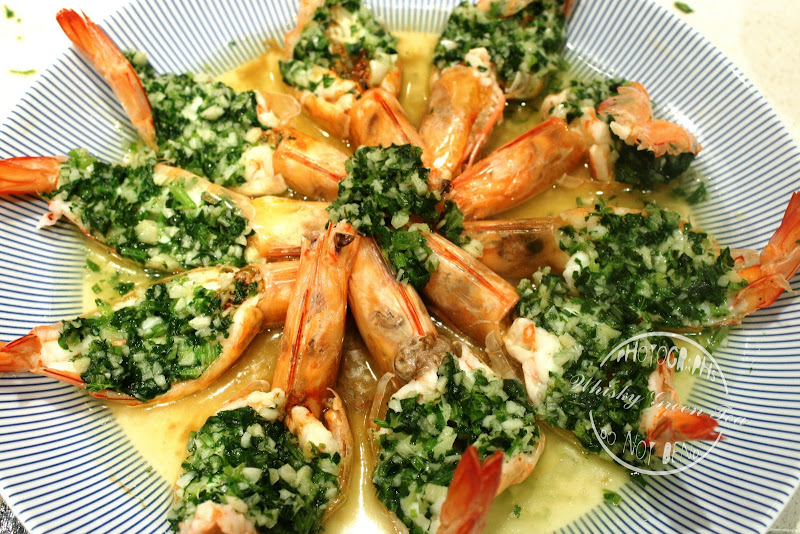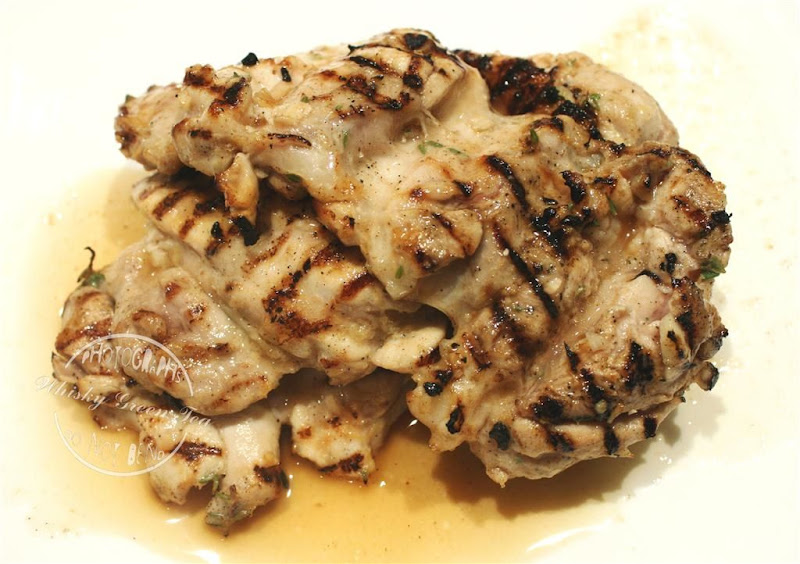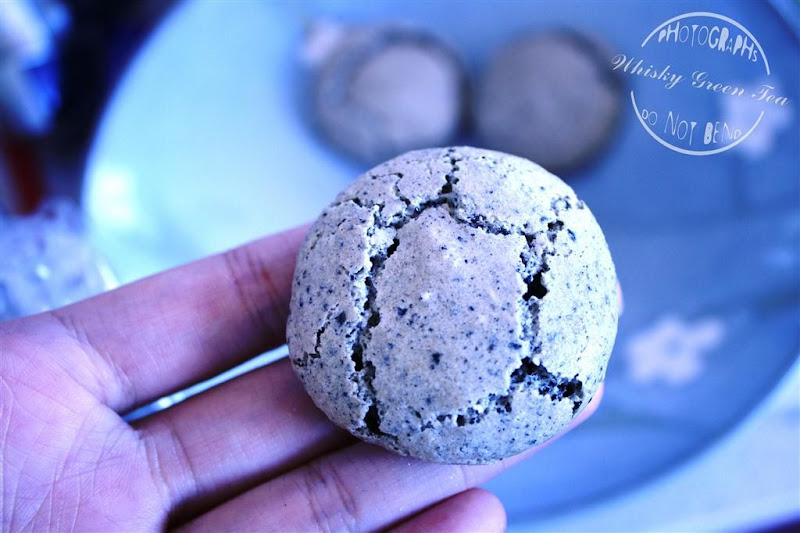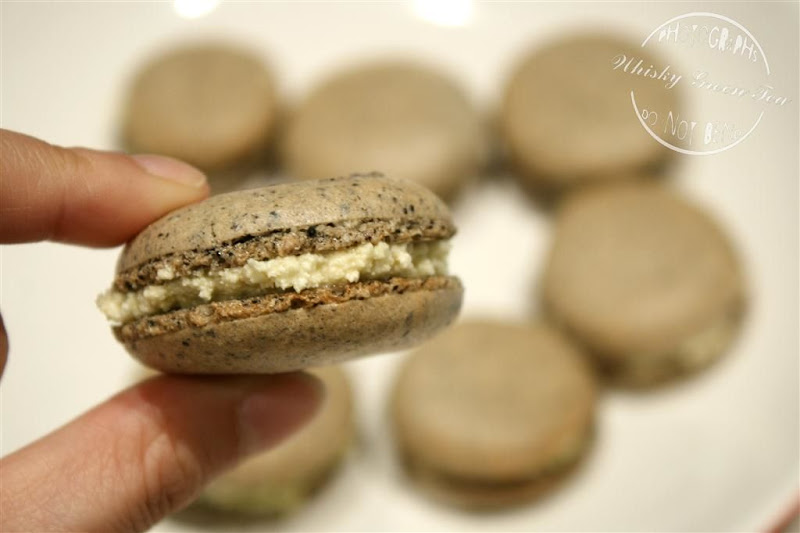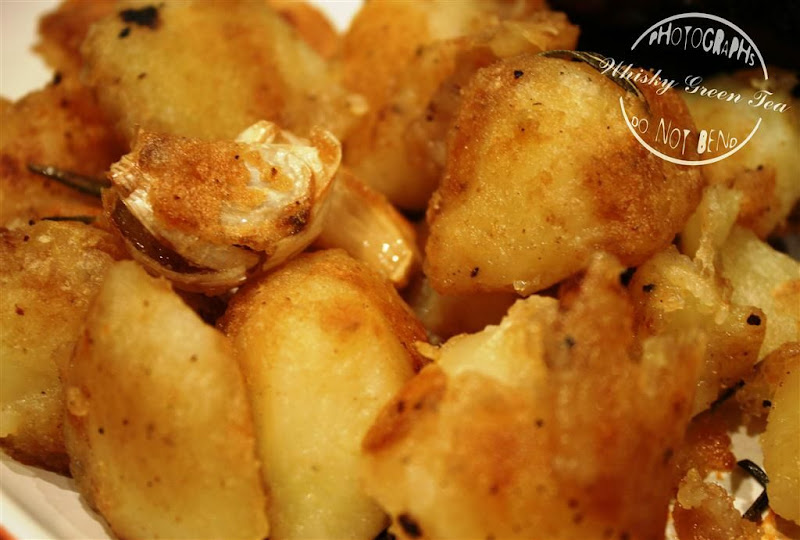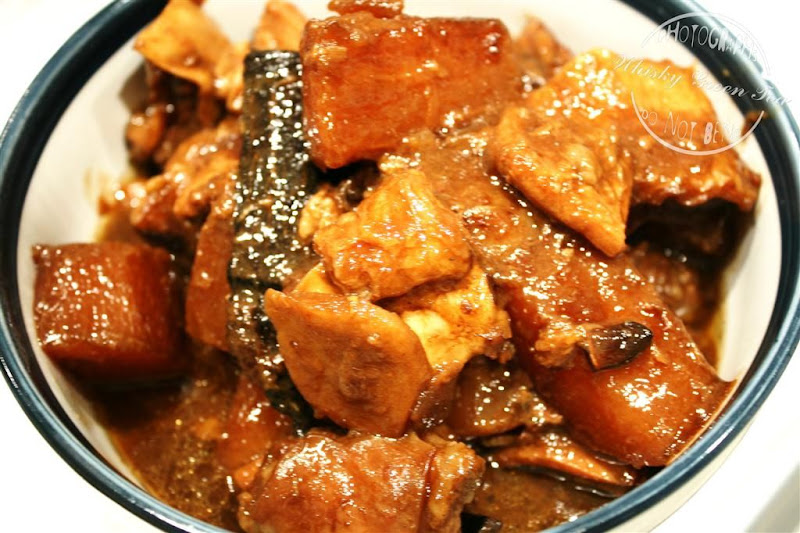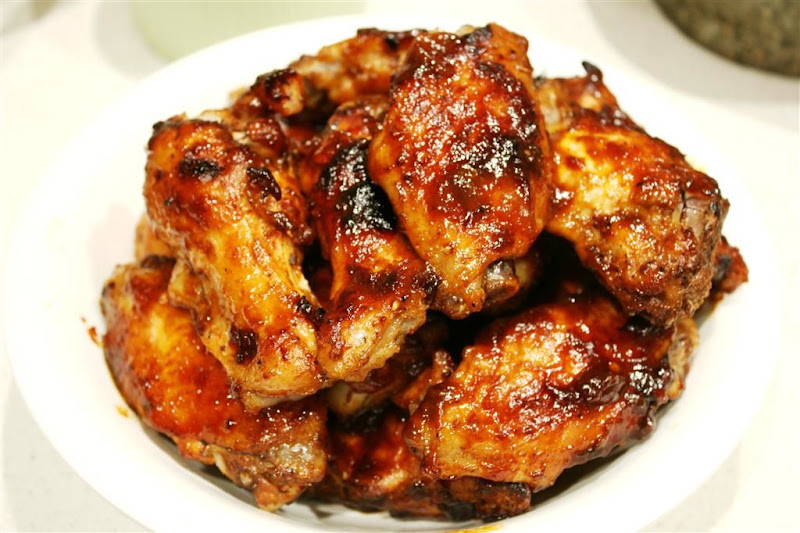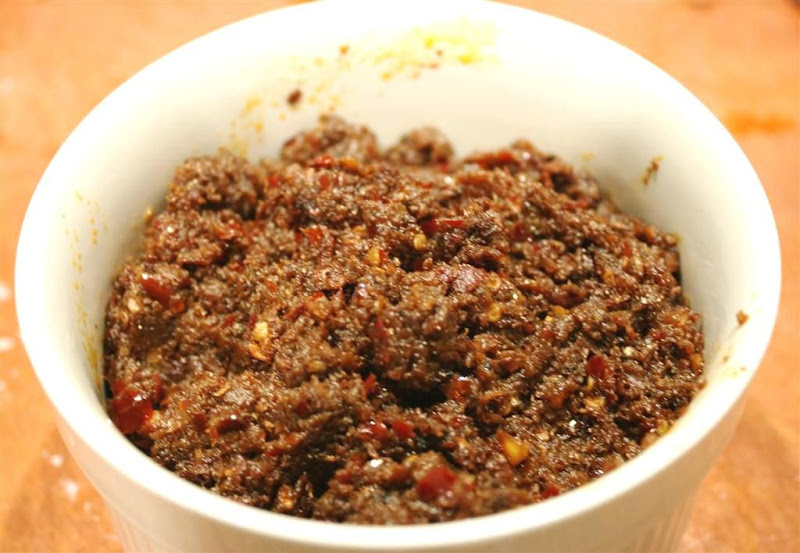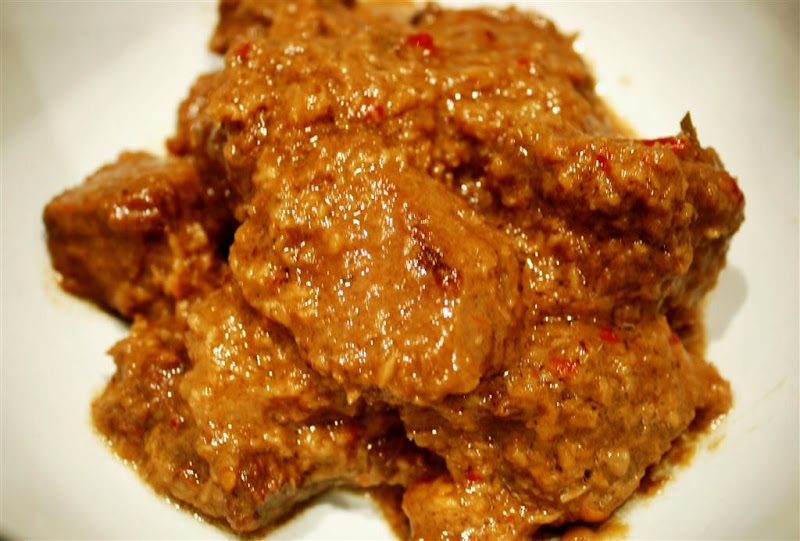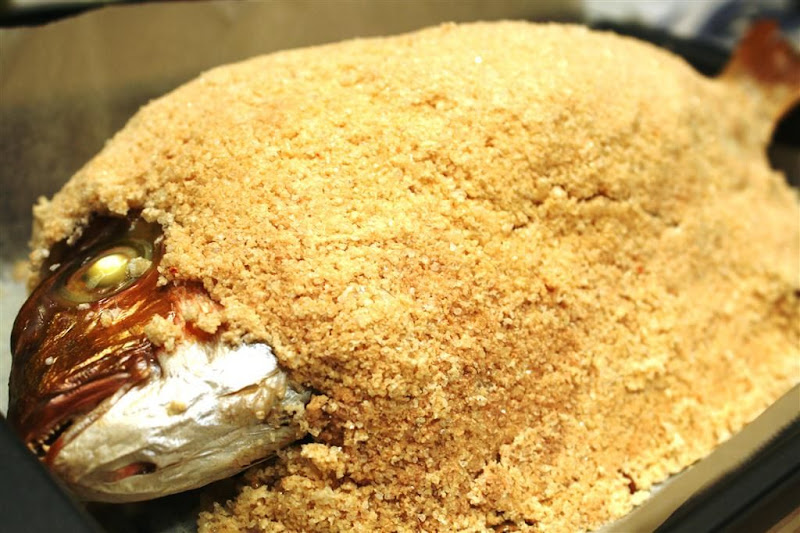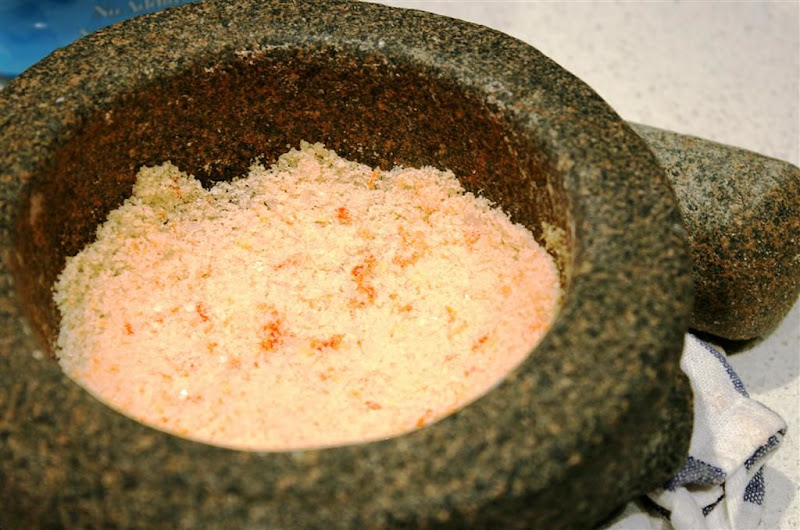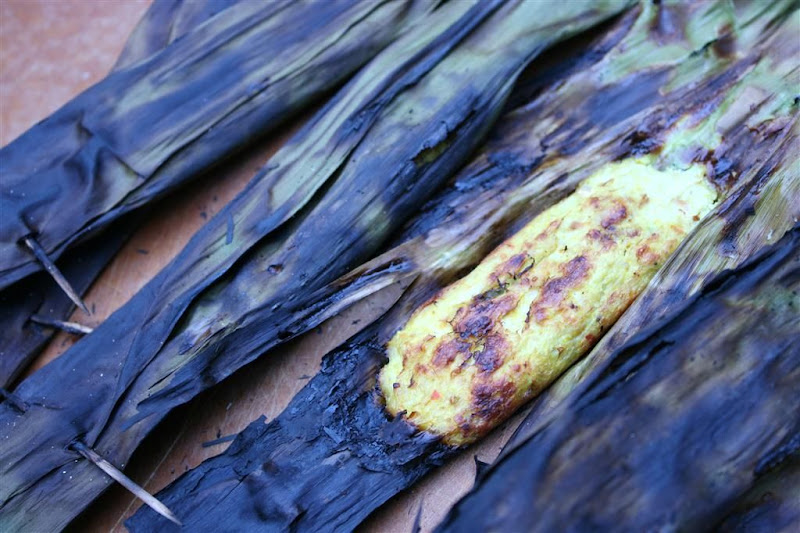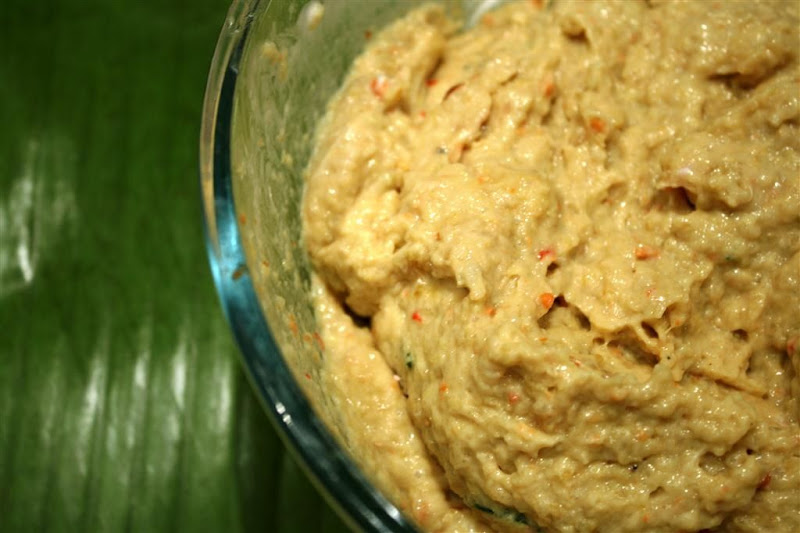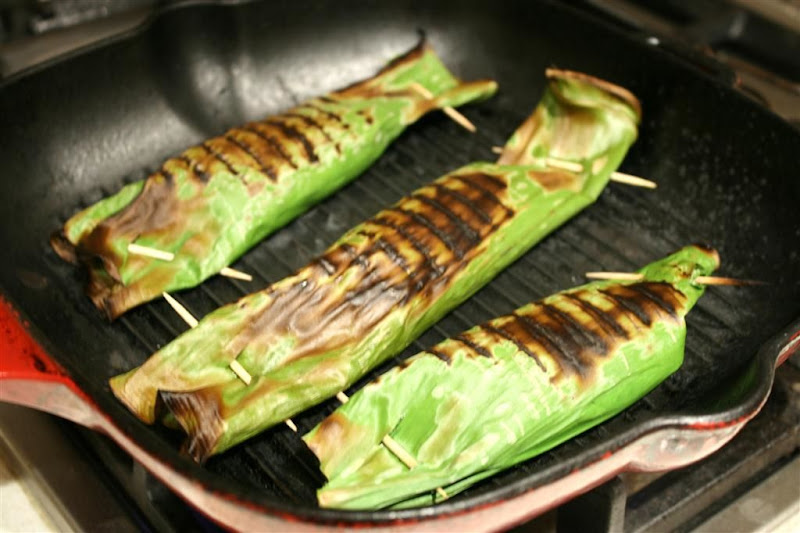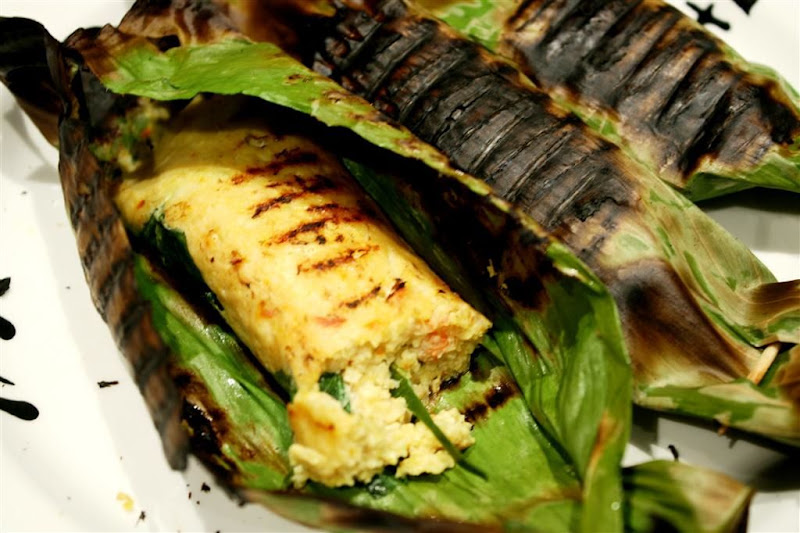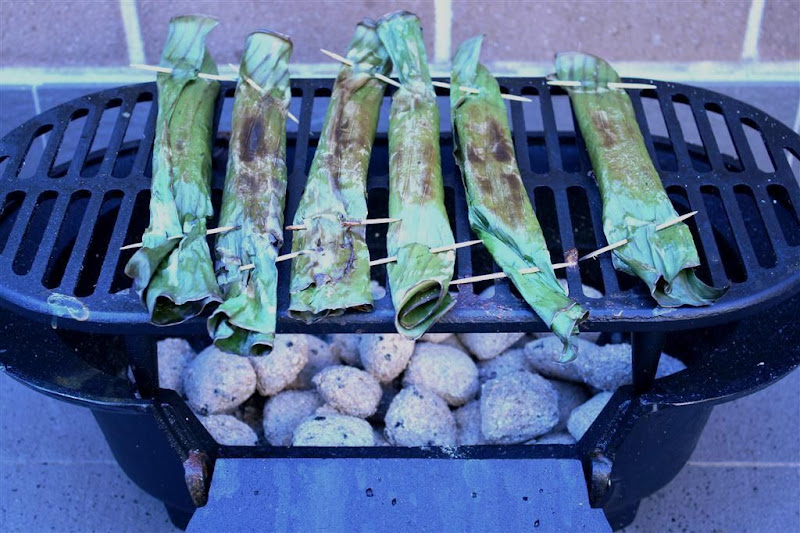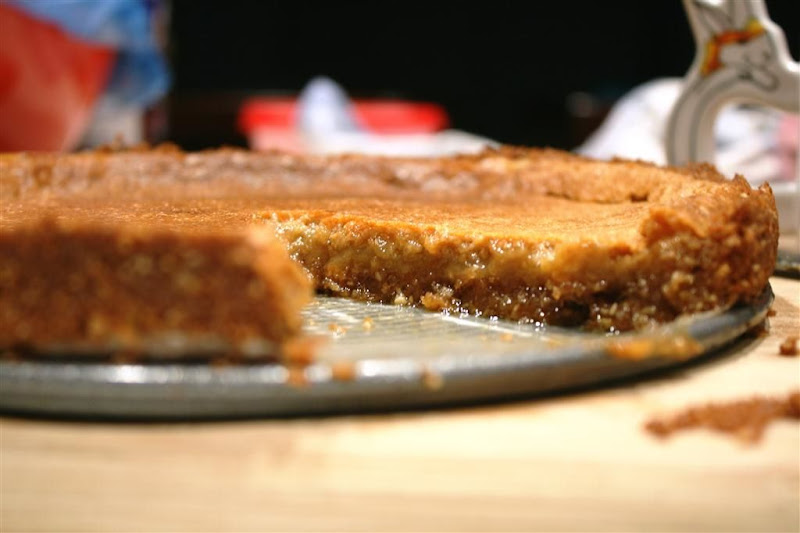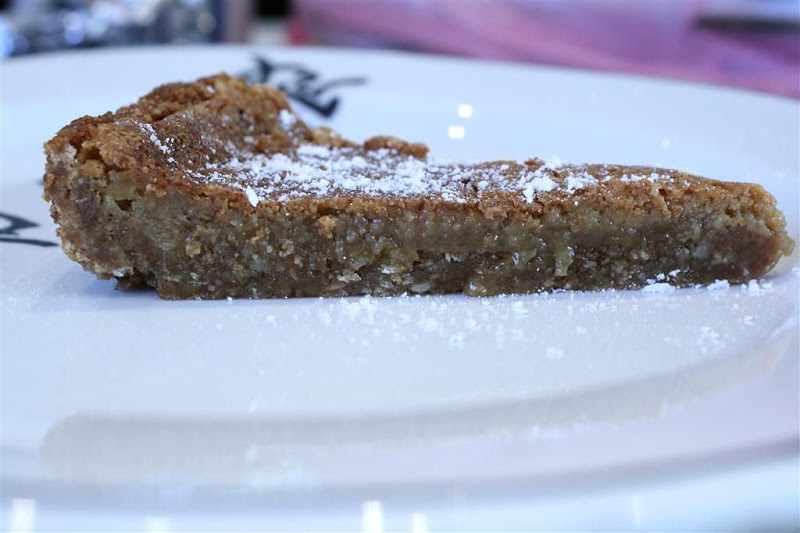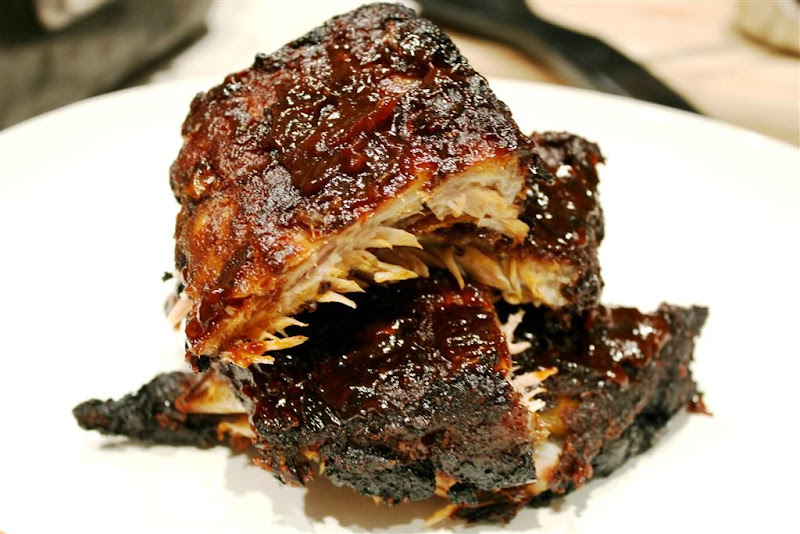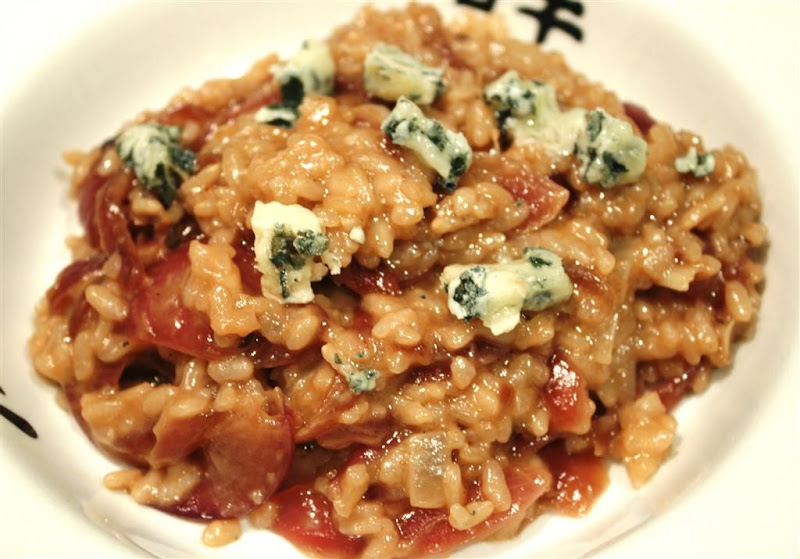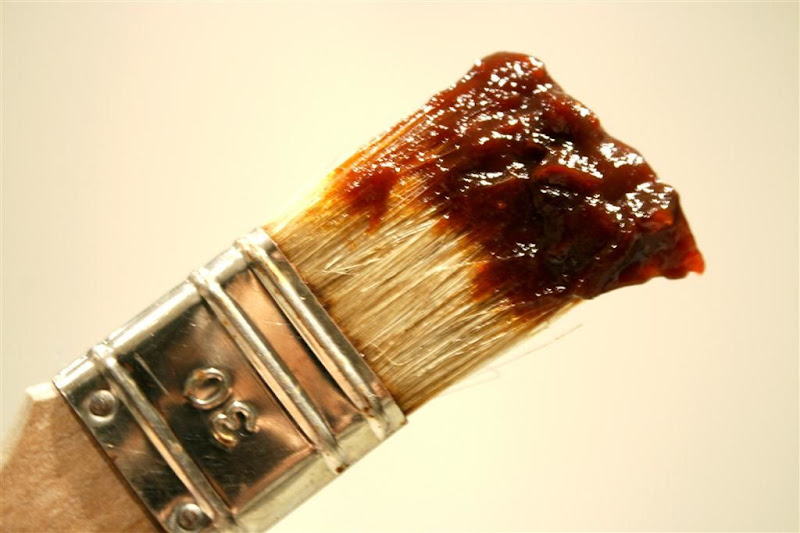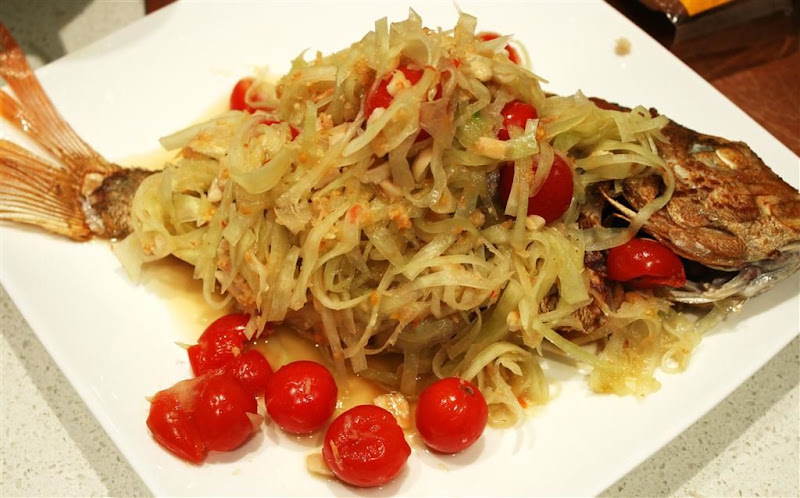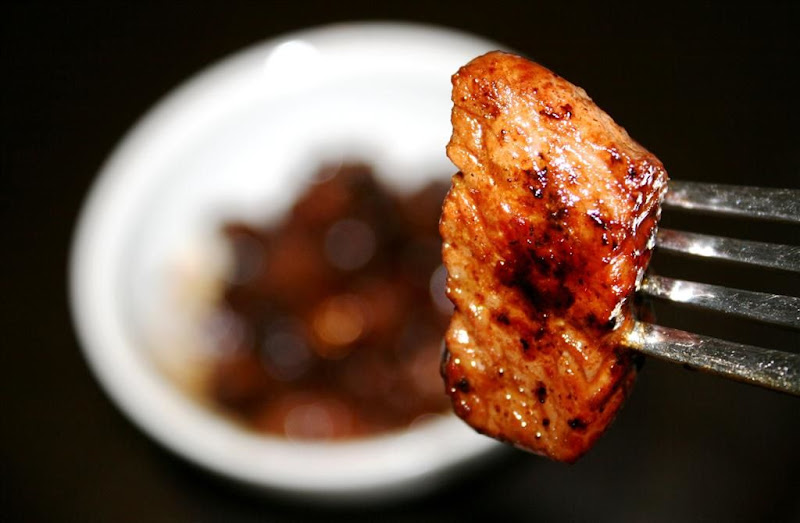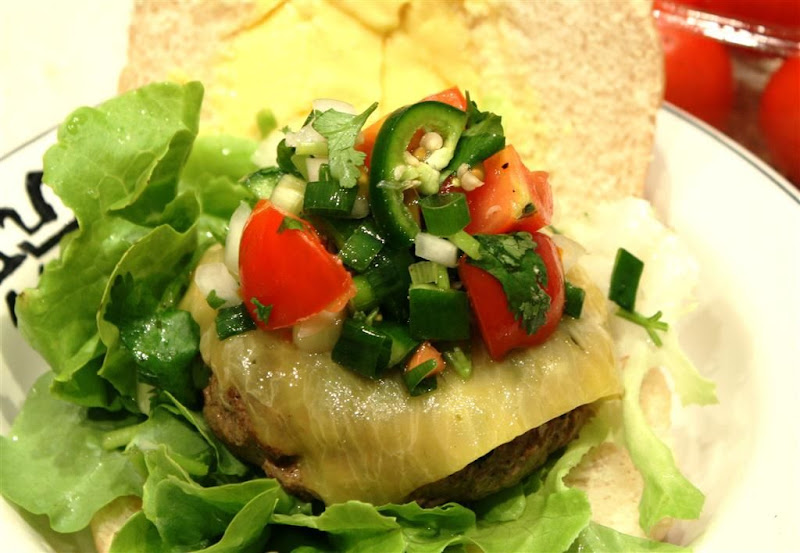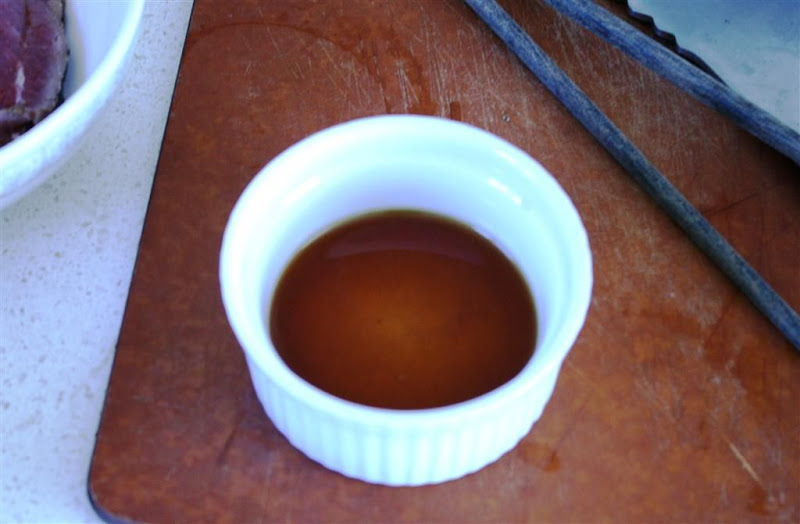At the moment, I'm still kind of waiting for my renovations to complete, so its a bit hard to get back to my regular cooking routine. So when my friends asked me to bring something along for a weekend BBQ get together, the only thing I could commit to was a salad. I immediately thought of making a coleslaw. For me, coleslaws are a must-have item with BBQ meats. The tanginess of the coleslaw gives a nice break to all the meat being consumed. :)
I prefer a coleslaw that doesn't have too much mayo used. So this time, instead of using mayonnaise, I substituted it with a Greek style yogurt. I still added in the Dijon mustard and some whole grain mustard for some extra tang.
I prefer a coleslaw that doesn't have too much mayo used. So this time, instead of using mayonnaise, I substituted it with a Greek style yogurt. I still added in the Dijon mustard and some whole grain mustard for some extra tang.
Coleslaws are quite flexible with what ingredients you add in. When I was searching online for a base recipe to refer back to, I found Ina Garten's Blue Cheese Coleslaw. If I had some blue cheese, I would have added it in, but I didn't have time to go out and buy some before going over to my friend's place for the BBQ. The next time I feel like making coleslaw again, I would definitely give the Blue Cheese Coleslaw recipe a go.
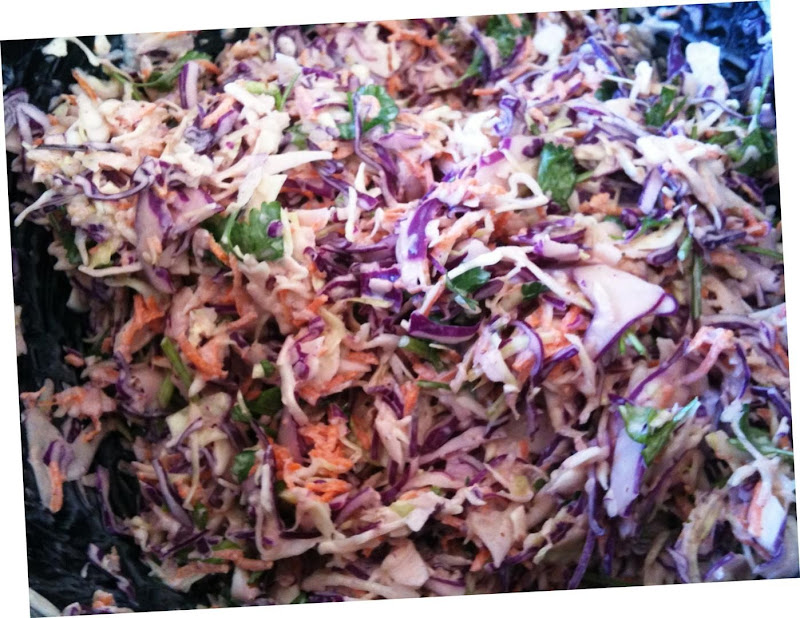
Coleslaw
preparation time: 30 mins
Ingredients:
- 1/2 small head green cabbage (sliced using food processor or mandolin)
- 1/2 medium-sized head purple cabbage (sliced using food processor or mandolin)
- 2 large carrots (peeled, then shredded using a food processor or grater)
- 200g Greek Style Yogurt
- 1/4 cup Dijon mustard
- 2 tablespoons whole grain mustard
- 2 tablespoons apple cider vinegar
- 1 teaspoon celery salt
- 1/2 teaspoon sea salt
- 1/2 teaspoon freshly ground black pepper
- 1/2 cup chopped fresh parsley leaves (roughly chopped)
Method:
- Process the cabbages and carrots through the thinnest settings of your food processor. If you don't own a food processor, you can use a mandolin or grater.
- Place sliced cabbage and carrots in a large salad bowl and add in the yogurt.
- Then add in the Dijon mustard, whole grain mustard, cider vinegar and toss to mix well.
- Season with a teaspoon of celery salt, sea salt and freshly ground black pepper
- Add the parsley leaves, toss the coleslaw until the mixture is even. Taste and adjust seasoning if required.
- Keep refrigerated until ready to serve.
